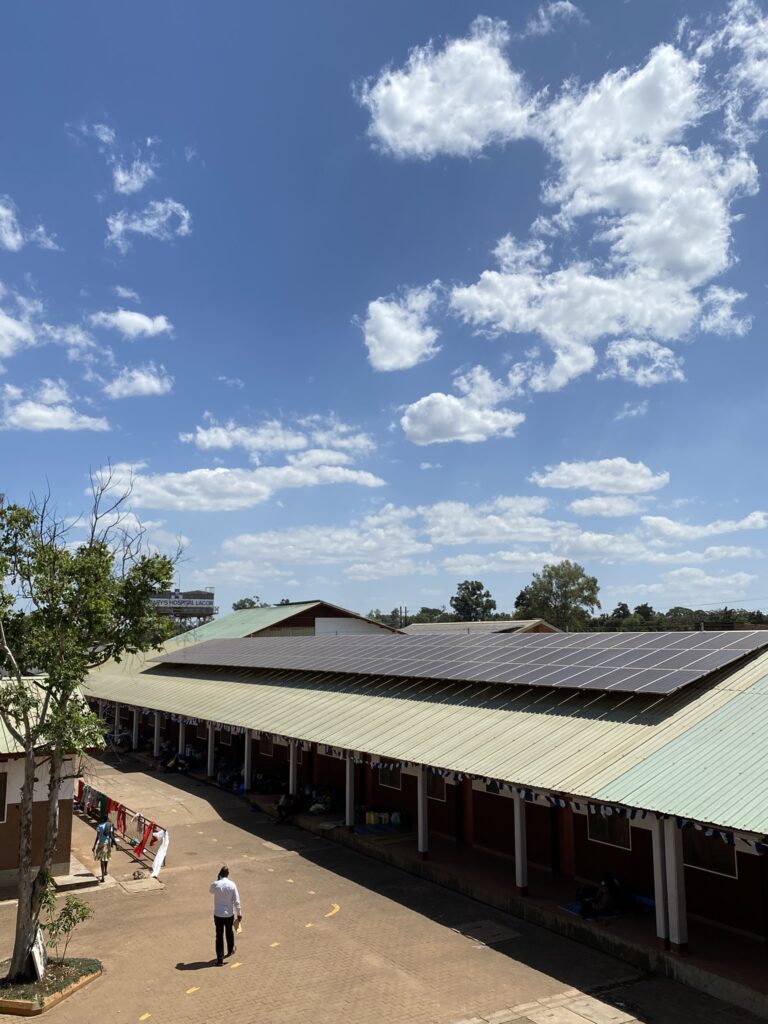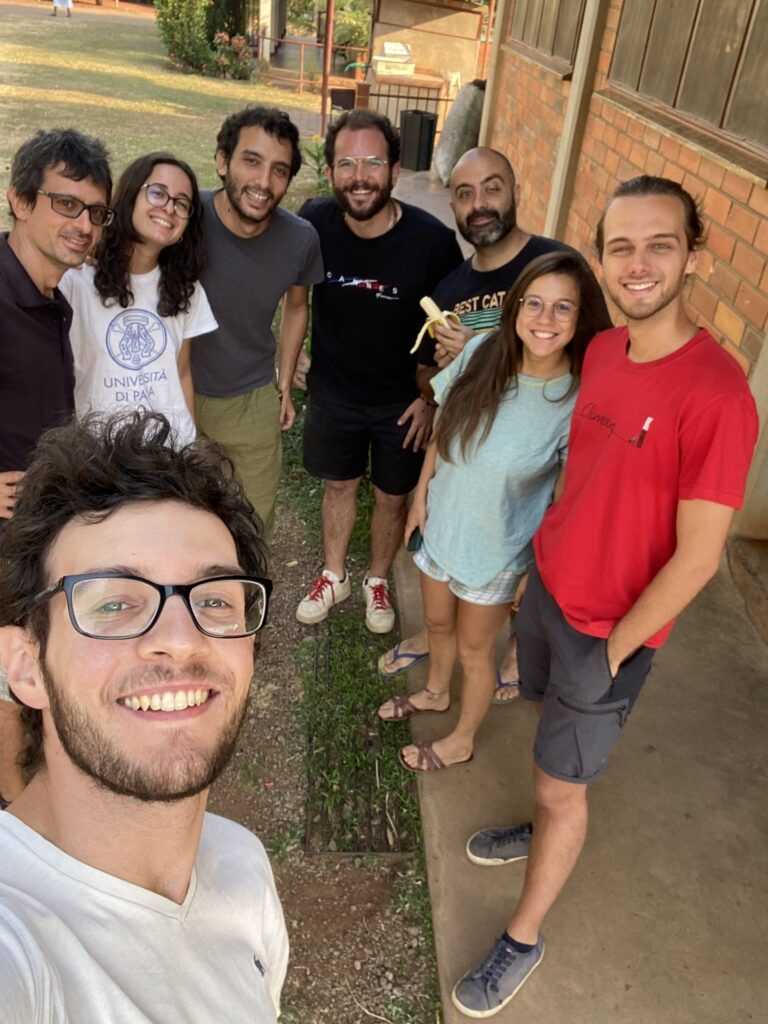The five research projects on the theme of 'Equality and Recovery', selected by the Polisocial Award 2021 and funded by 5 per mille donations to the Politecnico, are coming to an end. The public health emergency caused by the pandemic intensified imbalances and marginalisation and led to the concrete risk of an increase in social inequality; the projects funded acted according to a logic of economic, social and cultural recovery, promoting the development of methods, strategies, tools and technologies to reduce inequalities and facilitate access to resources and opportunities for particularly vulnerable people, social groups or communities.
The RESTARTHealth project (short for Renewable Energy Systems To Activate Recovery Through the Health sector) aims to optimise the energy efficiency of Uganda's second largest hospital, St Mary's Lacor Hospital, which is located in Gulu District. "We have been working for some time with Lacor Hospital, whose technical manager for the past few years has been Jacopo Barbieri, an alumnus of the Politecnico di Milano," explains Riccardo Mereu, RESTARTHealth project manager and researcher in the Energy department. With more than 600 workers, many of whom live in the hospital complex, energy efficiency at Lacor is not only a question of medical equipment: "The hospital complex includes guesthouses, canteens and employee accommodation," explains Mereu. It is like a small town of two thousand people (the families of employees also live 'on campus', in addition, of course, to the patients); so, we also have to think about the energy used for cooking (at the moment, almost always wood fires), for washing with hot water, for lighting the houses and for transport.



Currently, the complex is already equipped with a good number of photovoltaic panels, which produce hundreds of kilowatt-hours of energy. "Photovoltaic panels are undoubtedly the most suitable energy source for the location," says Mereu. "The resources in the area certainly do not allow us to consider hydropower or wind power, while we have looked into the possibility of producing biogas from hospital waste. We have to work out if there is sufficient waste to produce enough biogas”.
One of the main limitations is the fact that the energy produced by photovoltaic panels cannot be fed into the national grid: "There is a lack of bi-directional exchange, which means that a lot of energy is lost and efficiency is impacted," explains Mereu. "The system already is, and has to be, hybrid: there are currently photovoltaic panels, the electricity grid and some diesel generators for when the power goes out completely. The idea is that, in future, these three sources will be exploited in an optimised way compared to now, with reduced energy losses and improved management of power peaks, which could put pressure on the hospital's internal network". The exchange between renewable electricity grids and conventional grids is a very topical issue on our continent too, which is looking for a way for them to be fully integrated in terms of both infrastructure and administration.



The long-term goal, in addition to the energy efficiency of the hospital, is to create guidelines that can be useful in other contexts. St Mary's Lacor hospital is a special case, because it is not state-run but private, and is run by an Italian foundation: however, the researchers also looked at other case studies, such as some state hospitals and those run by private entities such as Emergency, to get a more comprehensive overview of the situation.
In addition to the main hospital site, tests were also conducted in three other outpatient clinics located in rural areas 30-40 miles away. "The project ends at the end of May 2023: we are currently analysing the data collected, from which we will derive the information necessary to draw up specific and general energy guidelines. We will evaluate the potential impact of certain energy improvements in the hospital complex, such as the possibility of a bi-directional exchange between the national grid and photovoltaic panels, the installation of electric stoves, the introduction of additional solar panels for water heating, and the possibility of electrifying the internal transport of medical waste. For the time being, we are stopping at the feasibility study: implementation will depend on the hospital obtaining private funding and donations, or winning public or private calls,” Mereu concludes.
